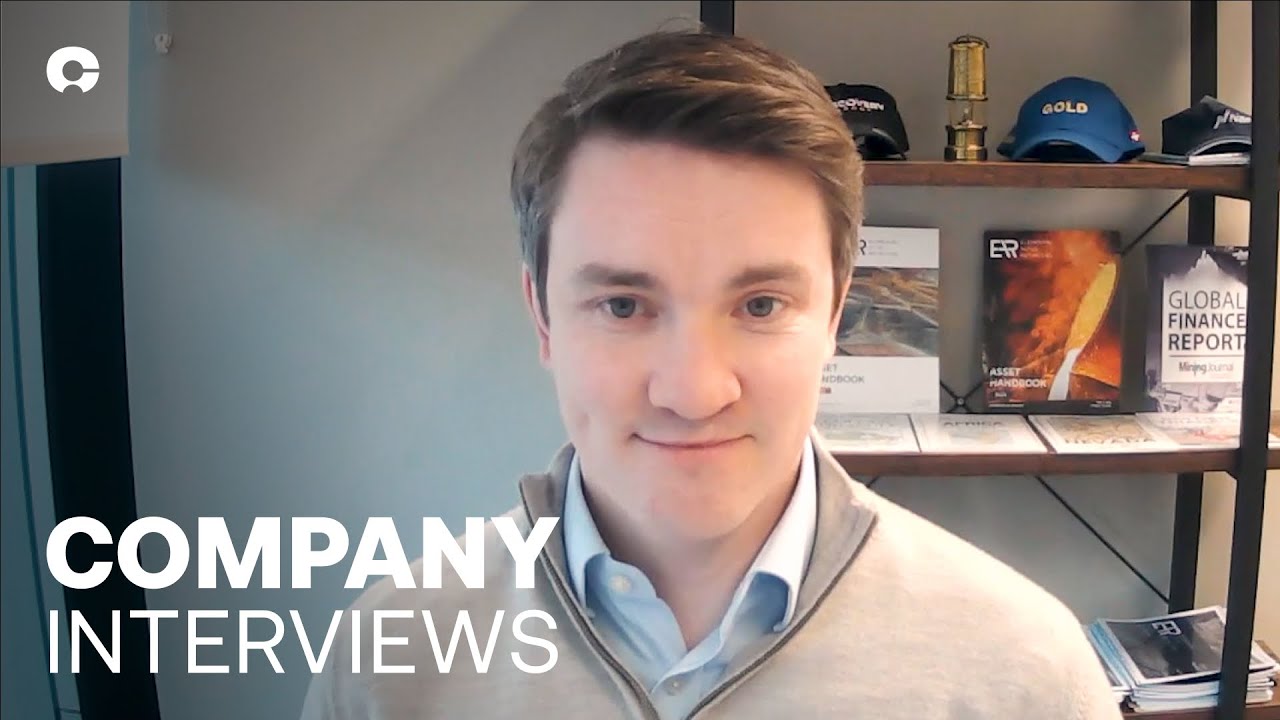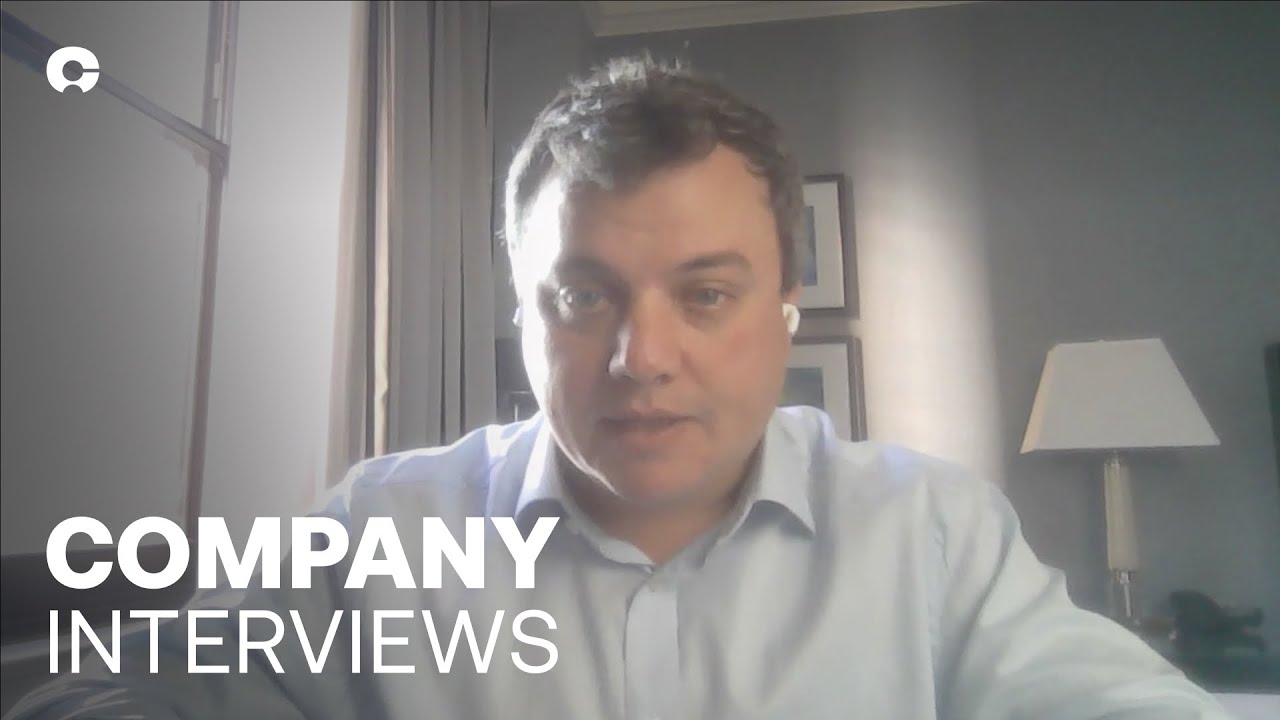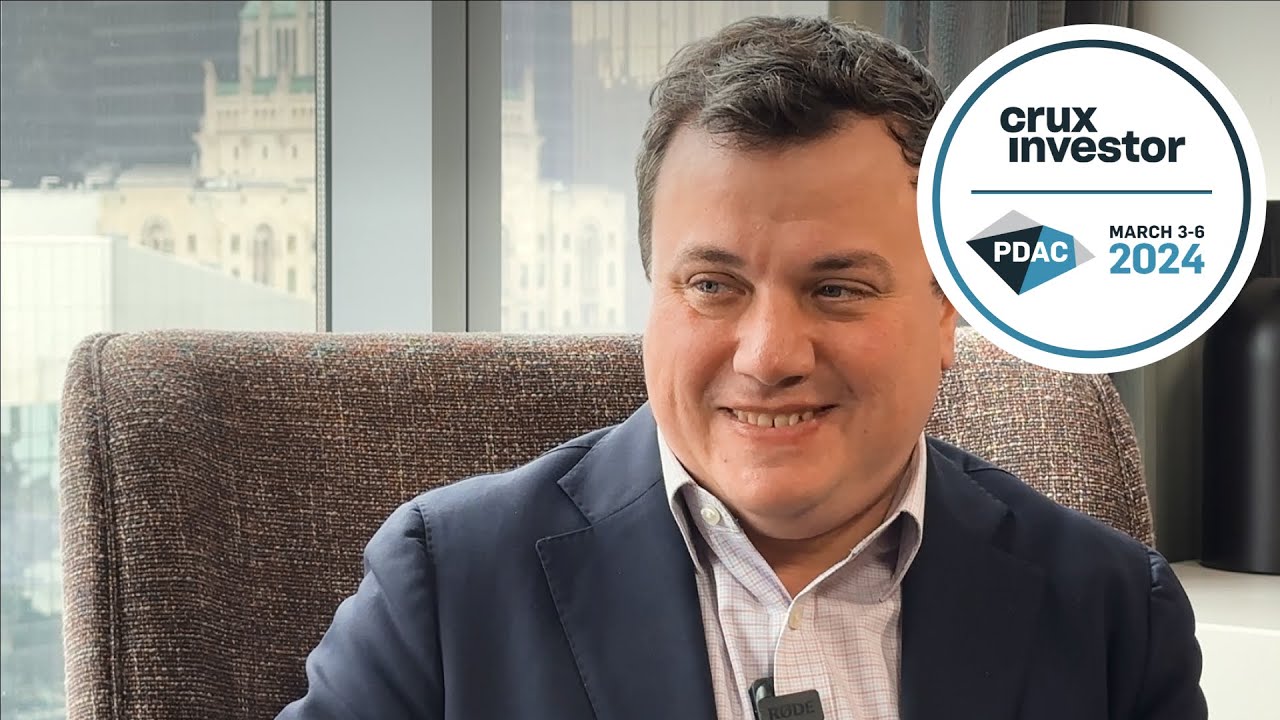Catalyst Metals
NYSE: CLOSED
TSE: CLOSED
LSE: CLOSED
HKE: CLOSED
NSE: CLOSED
BM&F: CLOSED
ASX: CLOSED
FWB: CLOSED
MOEX: CLOSED
JSE: CLOSED
DIFX: CLOSED
SSE: CLOSED
NZSX: CLOSED
TSX: CLOSED
SGX: CLOSED
NYSE: CLOSED
TSE: CLOSED
LSE: CLOSED
HKE: CLOSED
NSE: CLOSED
BM&F: CLOSED
ASX: CLOSED
FWB: CLOSED
MOEX: CLOSED
JSE: CLOSED
DIFX: CLOSED
SSE: CLOSED
NZSX: CLOSED
TSX: CLOSED
SGX: CLOSED



Elemental Altus Royalties

Crux Investor Index
8
–
Market Cap (USD)
408000000
Symbol
TSXV:ELE
Stage of development

Royalty
Primary COMMODITY
Gold
Additional commodities
No items found.
Elemental Altus Royalties is a gold-focused royalty company that provides exposure to producing, development and exploration stage assets operated by established mining companies. The company has a portfolio of royalties across 14 countries, with around 75% of net asset value in OECD jurisdictions.
Elemental has 10 producing royalties, including cornerstone assets like the uncapped Caserones copper royalty in Chile and the 2% Karlawinda gold royalty in Australia. Producing assets are expected to generate $17+ million in revenue in 2023. The portfolio also includes uncapped royalties on exploration and development projects like Pickle Crow, providing upside.
The company made several recent acquisitions to expand its royalty coverage and presence in favorable mining jurisdictions like Australia and the Americas. Notable deals include increasing its stake in the Caserones royalty and acquiring royalties on the Pickle Crow project in Ontario and the Hope Brook project in Newfoundland.
With a strong institutional shareholder base and balance sheet, Elemental aims to continue executing accretive royalty transactions. The company believes its scalable royalty model and growing portfolio positions it well to emerge as a leading precious metals royalty company.
Article
No analyst notes








.jpg)

.jpg)







.png)


